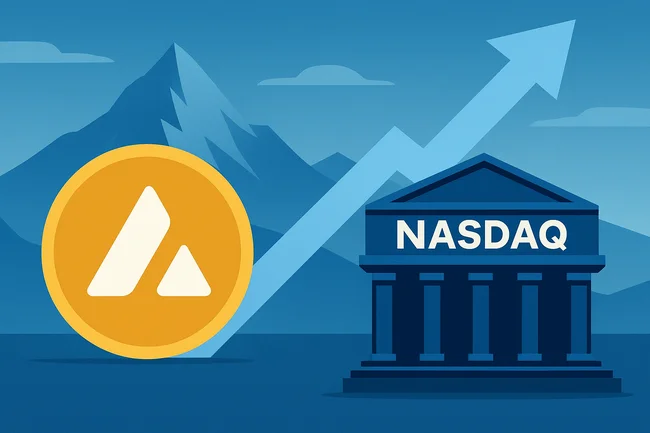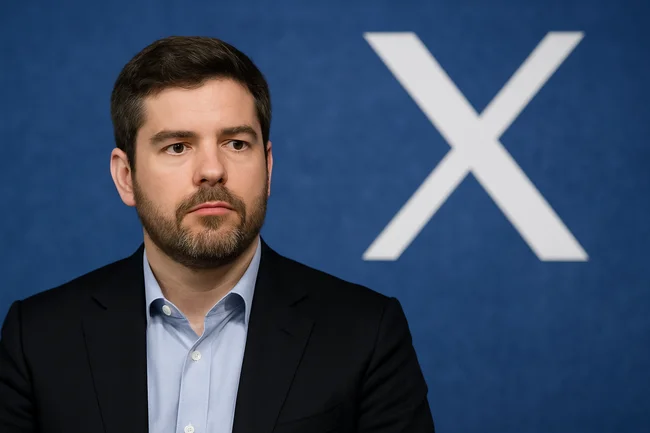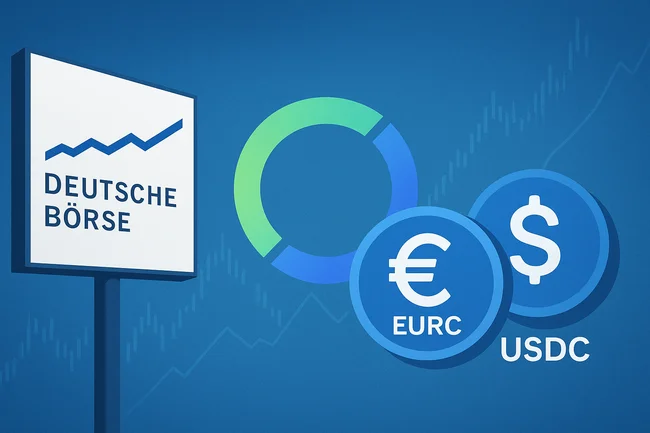Multiple endings refer to scenarios where a blockchain transaction or smart contract can have different outcomes based on various conditions or participant actions. This concept allows for flexibility and adaptability in decentralized applications.In smart contracts, multiple endings can be programmed into the contract logic. For example, a contract might execute differently based on the fulfillment of certain requirements, such as reaching a specified threshold of tokens, or if certain participants decide to take specific actions.This adaptability can enhance user experience and engagement, as participants can influence the outcome through their decisions. It can also provide mechanisms for dispute resolution or allow for different paths in a game or simulation.Overall, multiple endings introduce a layer of complexity and interactivity, making projects more versatile and responsive to user input.

Avalanche Treasury Co. to Go Public in $675M Deal With Mountain Lake Acquisition
Avalanche Treasury Co. (AVAT), a digital asset treasury company aligned with the Avalanche Foundation, said Wednesday it has agreed to



